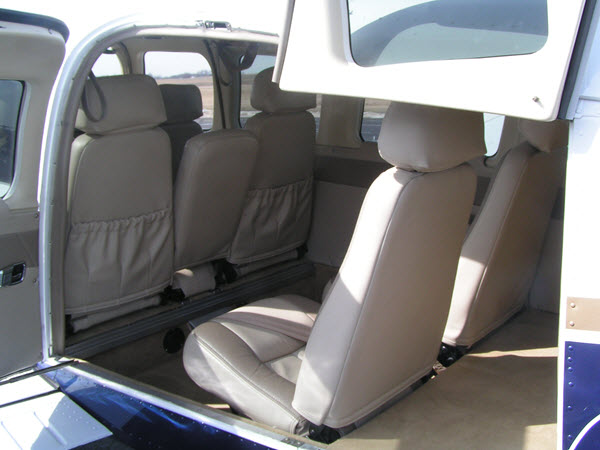Updated in March
NTSB Responds to Proposed AD
An NTSB member responded (on NTSB letterhead) to the Proposed Piper Wing Spar AD and said it would like some clarifications and changes made. A summary of the letter, written by Earl F. Weener, PhD:
While the affected airplanes all have a similar main spar design in the wing attach-point area where the fatigue cracking was found, engineering data presented by Piper separately to the FAA and the NTSB showed that the localized stress level can vary significantly depending on airplane gross weight, cruising speed, and amount and location of fuel in the wings. The data also showed that the airplanes at greatest risk for fatigue cracking are the PA-28-235 model airplanes, all PA-28R series airplanes, and the PA-32-260 and PA-32-300 model airplanes. The NTSB supports the inspection requirements of the proposed AD for these airplanes.
However, the NTSB notes that the data showed that the risk of fatigue cracking on all affected PA-28 series airplanes other than the PA-28-235 is significantly lower over their assumed useful life. We are concerned that the risks associated with disturbing the joint to complete the inspection may outweigh the risk of fatigue cracking in all affected PA-28 series airplanes other than the PA-28-235 and urge the FAA to reexamine the applicability of the proposed AD.
Members can read the entire NTSB letter here.
The rest of this article can be seen only by paid members who are logged in.Have a website login already? Log in and start reading now.
Never created a website login before? Find your Customer Number (it’s on your mailing label) and register here.
Still have questions? Contact us here.
AOPA and EAA Comment on Proposed AD
AOPA and EAA have both filed public comments supporting Piper Aircraft, Inc.’s request for the FAA to delay the wing-spar AD until further investigation can be made.
First, highlights from AOPA’s article:
The FAA should pull back its proposed airworthiness directive calling for logbook reviews and possible wing-spar inspections of up to 20,000 Piper PA–28 and PA–32 series airplanes and instead gather safety data through alternative, readily available, and less onerous means, AOPA said in a regulatory filing.
Once the NTSB has issued its recommendations, the FAA should initiate its Airworthiness Concern Sheet process, allowing it to “engage and collaborate with stakeholders, including AOPA, Piper Aircraft, Inc. and others, to target and implement mitigations” for the problem of metal-fatigue cracking of a lower main wing spar cap that may have been a causal factor in the Florida accident, he said.
Read the entire AOPA letter here.
Next, from EAA:
EAA filed public comments on a proposed airworthiness directive (AD) affecting numerous Piper PA-28 and PA-32 aircraft on Monday. The AD requires aircraft with certain use histories, as determined by a formula that accounts for total time in service and 100-hour inspections, to undergo eddy current inspections on their wing spars. The AD was prompted by a tragic accident at Embry-Riddle Aeronautical University last spring, where a PA-28R-201 Arrow suffered a wing spar failure in flight resulting in two fatalities.
EAA, along with several other groups, had previously filed comments requesting at least a 45-day extension to the public comment period for this AD. Due to the partial government shutdown in December and January, the FAA did not process these requests in time. It is likely that the public comment period will be reopened at some point in the near future, at which time EAA will notify its members.





